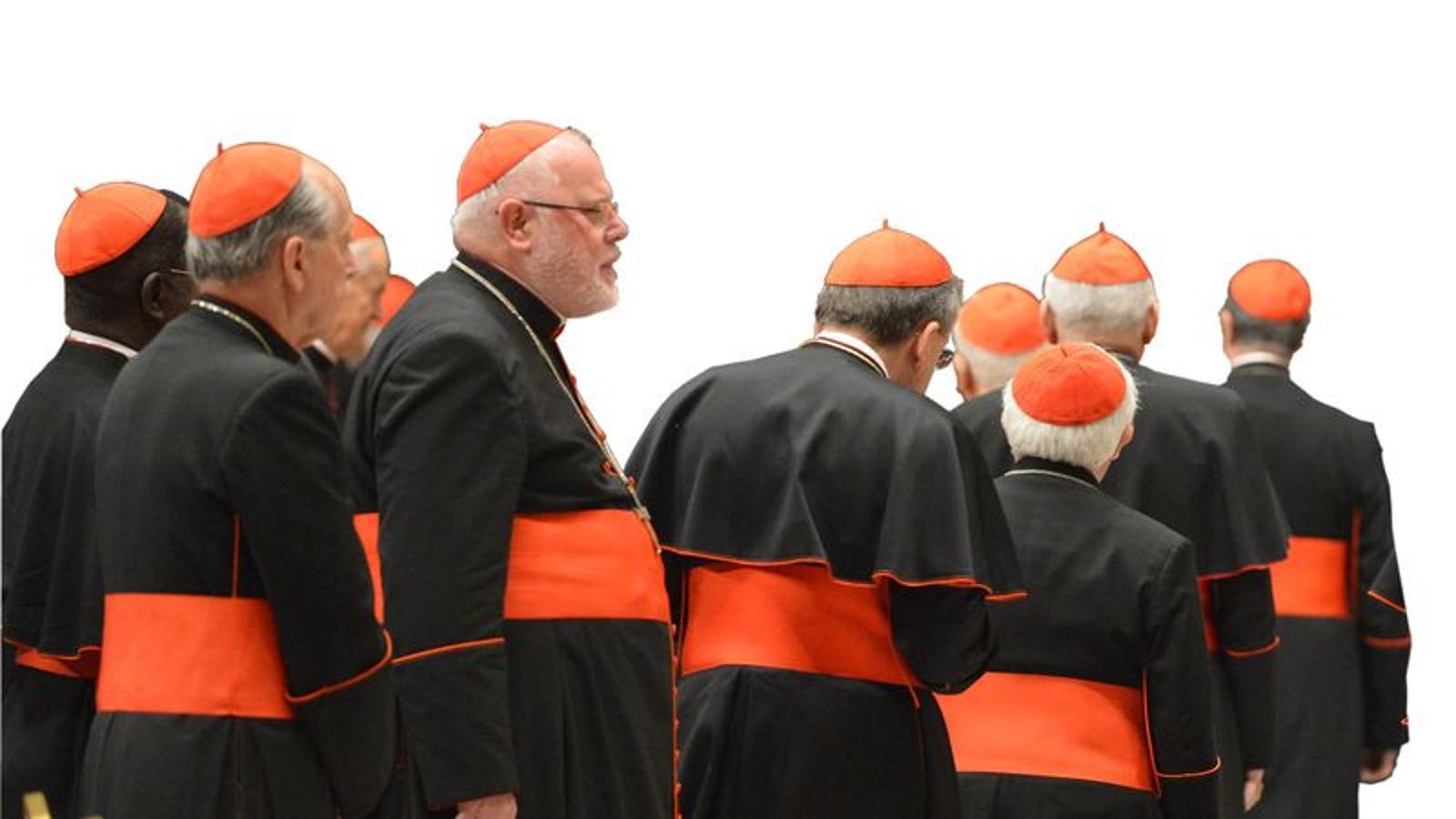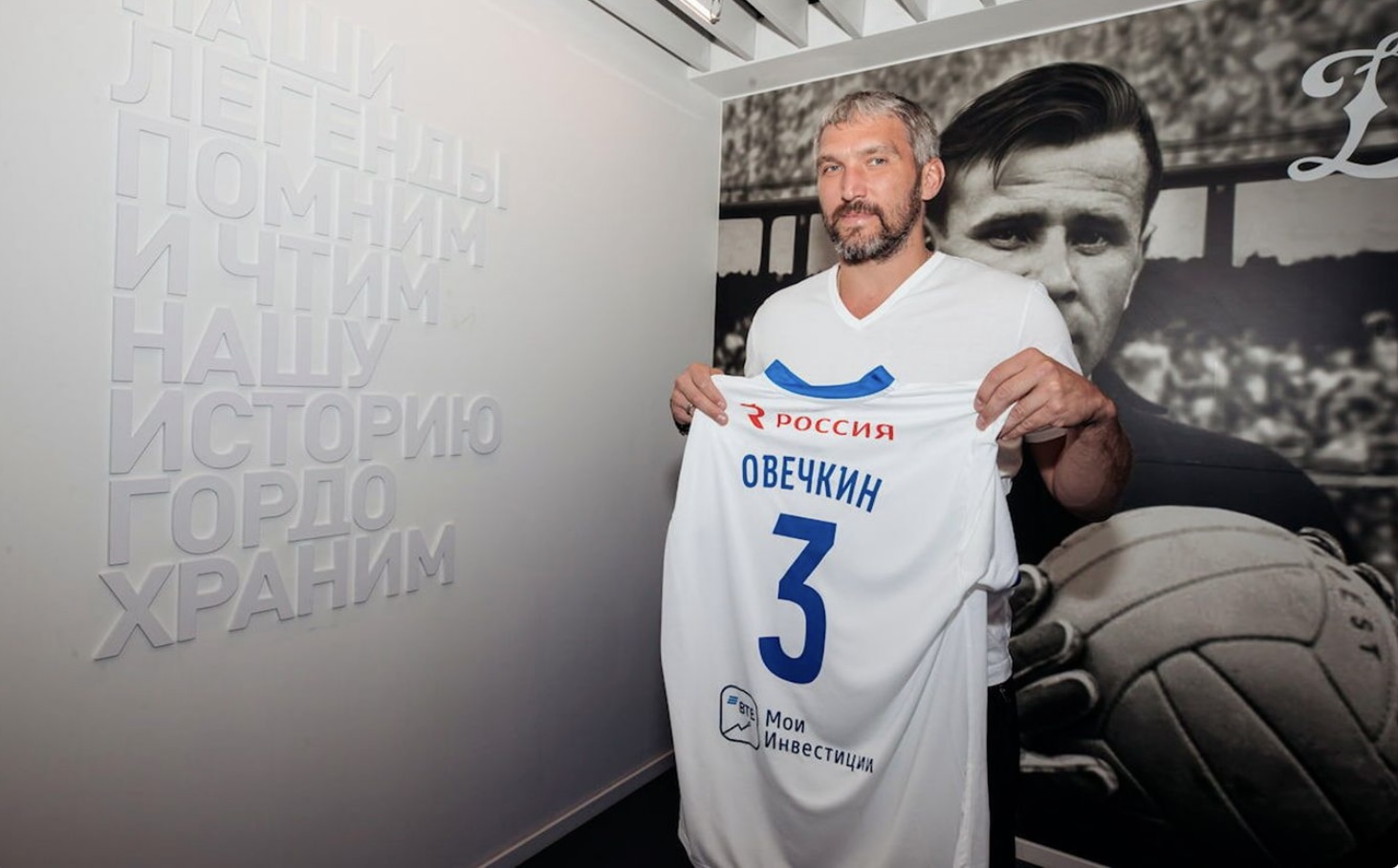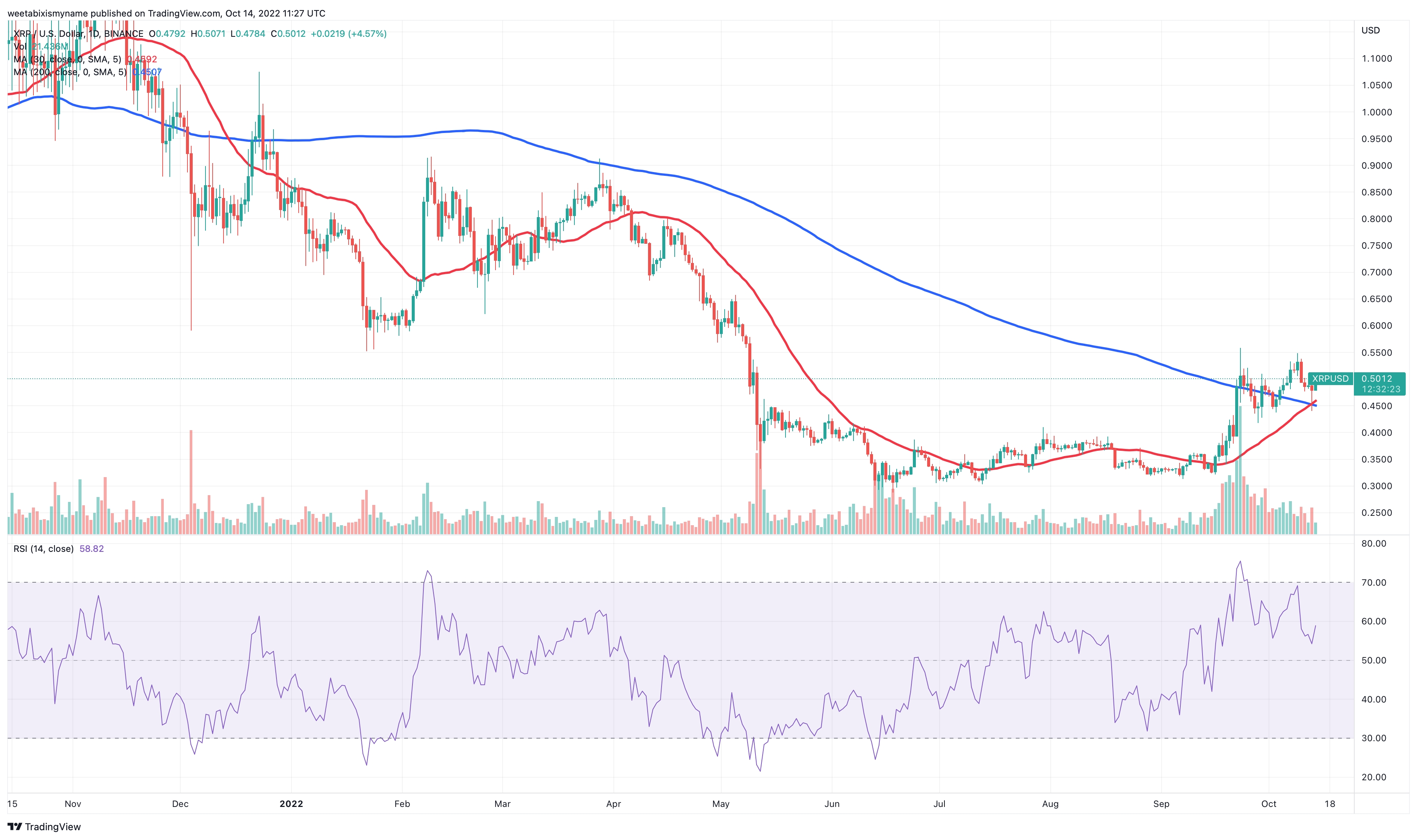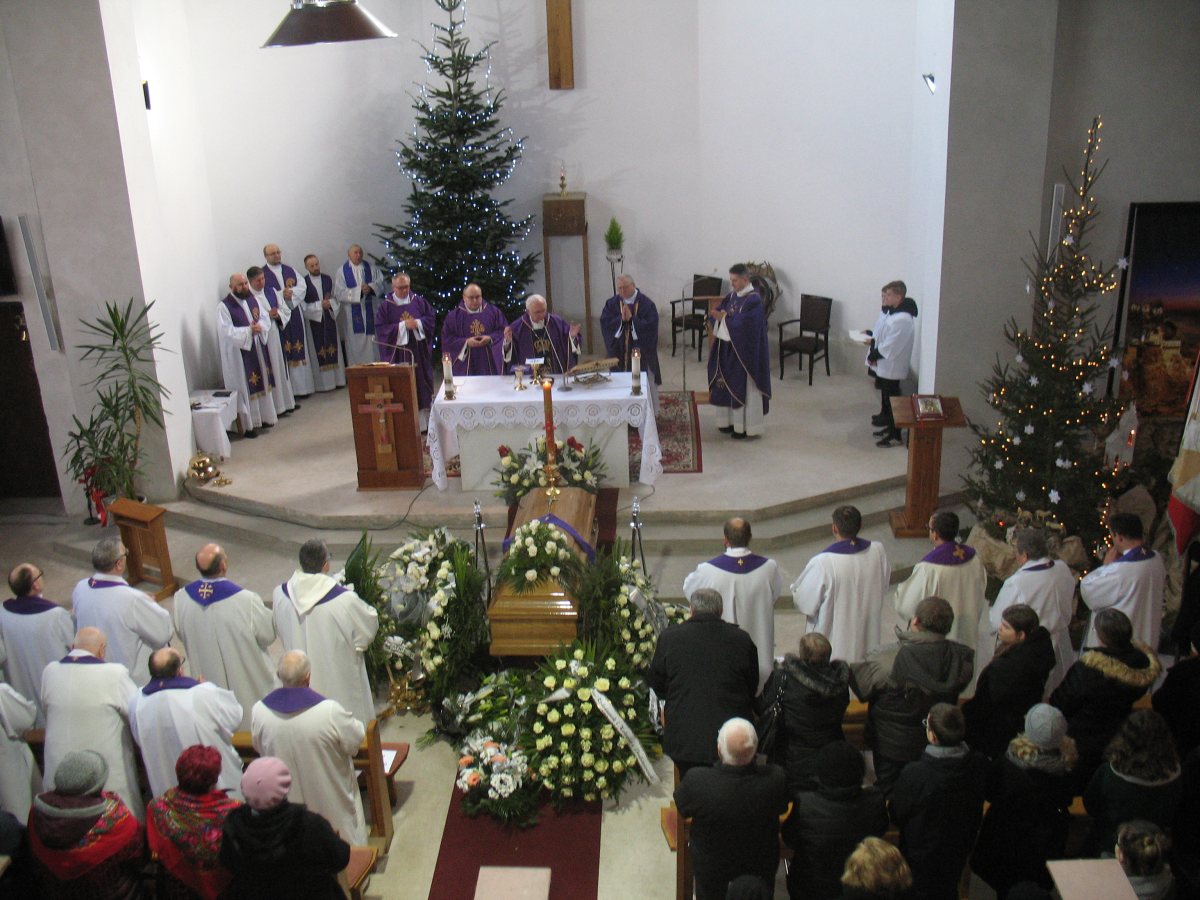Papal Conclave: A Step-by-Step Guide To The Election Of The Pope

Table of Contents
The Prerequisites for a Papal Conclave
Before the dramatic events of the Conclave itself can unfold, certain prerequisites must be met. These involve both the formal declaration of a vacancy in the papacy and the assembly of the body responsible for electing the next Pope.
The Death or Resignation of the Pope
The death or resignation of a reigning Pope marks the beginning of the sede vacante – the period of vacancy in the Holy See. This period is governed by specific canonical laws. The death of a Pope is formally verified, often involving medical professionals. A Pope's resignation, while historically rare, follows a formal process dictated by canon law.
- Verification of Death: A panel of physicians typically confirms the death of the Pope.
- Camerlengo's Role: The Camerlengo (Chamberlain), a Cardinal, assumes the temporary administration of the Church during the sede vacante, overseeing the Vatican and its assets until a successor is elected.
- Announcing the Vacancy: The death or resignation is officially announced to the world, signaling the commencement of the process to elect a new Pope.
The Role of the College of Cardinals
The College of Cardinals is the body responsible for electing the new Pope. This group of high-ranking clergymen holds significant authority within the Catholic Church.
- Cardinal Electors: Only Cardinals under the age of 80 are eligible to vote in a Papal Conclave. This ensures a balance between experience and the vitality needed for leadership.
- Summoning the Cardinals: Once the sede vacante is declared, the Cardinals are summoned to Rome. The process of summoning and their arrival is meticulously documented.
- Composition of the College: The College represents the global Catholic Church, with Cardinals from various countries and dioceses, reflecting the Church's worldwide reach.
The Seclusion and the Conclave's Commencement
The Papal Conclave is a highly secretive and carefully orchestrated process. Its seclusion is essential for the cardinals to deliberate freely and prayerfully.
The Conclave's Location and Secrecy
The Conclave traditionally takes place in the Sistine Chapel in Vatican City, a location rich in history and symbolism. Security measures are exceptionally tight, ensuring the isolation of the Cardinals during the process.
- Strict Secrecy: Cardinals take an oath of secrecy, promising not to reveal any details of the Conclave proceedings. Breaking this oath has serious consequences.
- Black and White Smoke Signals: The world watches for the colored smoke emanating from the Sistine Chapel's chimney. Black smoke signifies that no Pope has been elected, while white smoke announces the selection of a new pontiff. Modern technology assists in verifying and communicating this information globally.
- Isolation and Deliberation: The isolation of the Conclave allows for uninterrupted prayer, reflection, and discussion crucial for the election process.
The Opening Mass and the Oath of Secrecy
The Conclave begins with a solemn opening Mass, setting the spiritual tone for the proceedings. Following the Mass, each Cardinal takes a formal oath of secrecy.
- Solemn Ceremony: The opening Mass emphasizes the spiritual gravity of the occasion and calls for divine guidance in the election.
- Oath of Secrecy: This oath is meticulously worded, binding the Cardinals to absolute confidentiality regarding the deliberations and voting within the Conclave.
- Theological Significance: The entire process is infused with theological meaning, underscoring the election as a sacred process guided by the Holy Spirit.
The Voting Process and Election of the Pope
The heart of the Papal Conclave lies in the voting process, a series of scrutinies aimed at selecting a new Pope.
The Scrutiny (Voting Rounds)
Voting takes place in secret ballots, with each Cardinal writing their choice on a piece of paper. The ballots are then collected and counted.
- Secret Ballots: The secrecy ensures freedom from undue influence and promotes open and honest deliberation.
- Counting Process: The ballots are carefully counted by appointed officials.
- Two-Thirds Majority: A two-thirds majority of the votes is required to elect a Pope. If no candidate achieves this majority, further scrutinies are held.
- Invalid Ballots: Any ballots deemed invalid are removed from the count.
- Fumata (Smoke Signal): The "fumata" – the smoke signal – informs the world of the progress of voting.
The Election of the Pope (Habemus Papam!)
Once a candidate receives the required two-thirds majority, the election is complete. The announcement "Habemus Papam!" ("We have a Pope!") is made.
- Announcement by the Cardinal Protodeacon: The Cardinal Protodeacon, the senior Cardinal Deacon, announces the new Pope's name from the balcony of St. Peter's Basilica.
- The New Pope's First Actions: The newly elected Pope typically appears on the balcony to address the crowd and begins his responsibilities as the leader of the Catholic Church.
- Formal Procedures: Following the announcement, several formal procedures are undertaken, including the official confirmation of the election.
Post-Election Procedures and the New Pontificate
After the election, the new Pope begins his papacy, starting with the inauguration or (historically) coronation.
The Papal Coronation (or Inauguration)
Historically, the Pope's election was followed by a formal coronation ceremony, a lavish and symbolic event. Modern practice has largely replaced this with a simpler inauguration Mass.
- Papal Ring and Pallium: The Papal ring and pallium, symbolic of the Pope's authority, are conferred upon him.
- Inauguration Mass: This Mass marks the official beginning of the new Pope's reign.
- Differences between Coronation and Inauguration: The coronation was more opulent and theatrical; the inauguration is more liturgical and streamlined.
The New Pope's First Actions and Challenges
The newly elected Pope faces numerous immediate challenges:
- Addressing the Global Church: The Pope must address the diverse needs and challenges faced by the Catholic Church worldwide.
- Initiating Reforms: The new Pope might introduce reforms or initiatives to address specific issues.
- Establishing His Papacy: The early years of a pontificate are crucial in shaping the Pope’s legacy and direction.
Conclusion
The Papal Conclave, a complex and fascinating process steeped in tradition and ritual, is a pivotal event for the Catholic Church. Understanding its steps, from the initial prerequisites to the election and inauguration of the new Pope, provides a deeper appreciation for the continuity and evolution of the papacy. By learning more about the intricacies of the Papal Conclave, you gain a better understanding of the leadership selection process of one of the world's largest and most influential religious organizations. To further deepen your knowledge of this significant event, continue researching the history and evolving practices of the Papal Conclave and related keywords such as "Cardinal electors," "Sede Vacante," and "Habemus Papam!".

Featured Posts
-
 Las Vegas Aces Training Camp Roster Cut Announced
May 07, 2025
Las Vegas Aces Training Camp Roster Cut Announced
May 07, 2025 -
 Dynamo Moscow Open To Ovechkin Joining Management Team After Nhl Retirement
May 07, 2025
Dynamo Moscow Open To Ovechkin Joining Management Team After Nhl Retirement
May 07, 2025 -
 Ripple Xrp Price Prediction Will Xrp Hit 3 40
May 07, 2025
Ripple Xrp Price Prediction Will Xrp Hit 3 40
May 07, 2025 -
 Anthony Edwards And Ayesha Howard Custody Battle Resolution
May 07, 2025
Anthony Edwards And Ayesha Howard Custody Battle Resolution
May 07, 2025 -
 Wybory Papieskie Ksiazka Ks Przemyslawa Sliwinskiego Premiera W Warszawie
May 07, 2025
Wybory Papieskie Ksiazka Ks Przemyslawa Sliwinskiego Premiera W Warszawie
May 07, 2025
